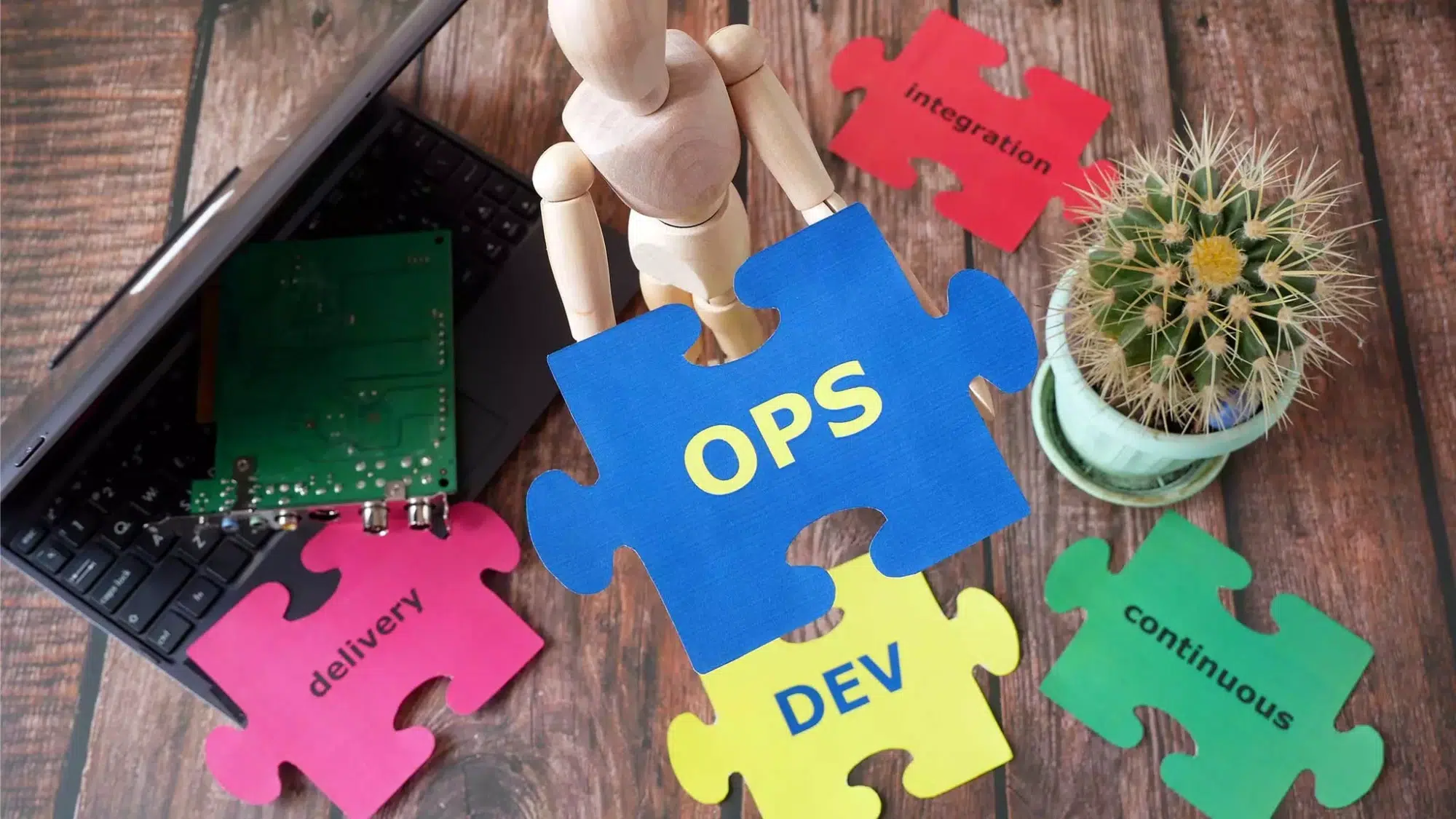
Importance of Continuous Integration and Continuous Deployment in Modern Software Development
The way we build software has changed dramatically since we first started doing it – and continues to change at breakneck speed. These days, Continuous Integration and Continuous Deployment (CI/CD) are no longer just buzzwords: they’re widely agreed-upon best practices that most companies use to release better software quickly and securely.
In this article, we’ll talk about CI and CD: what they are, why you need them, and how you can efficiently work these concepts into your own development cycles.
CI/CD Explained
CI/CD is the umbrella term for a set of procedures that help development teams build and deploy software.
Continuous Integration (CI)
The practice of automatically integrating code changes from multiple developers into a shared repository. Ideally, every change should trigger automated builds and tests. This allows your team to catch bugs early (before they end up in production).
Continuous Delivery/Deployment (CD)
Once code has been integrated, it can be automatically deployed to production. Code changes pass through automated tests and can be deployed at any time. This allows you to always have a production-ready build that’s been rigorously tested.
Technical Benefits of Continuous Integration and Continuous Deployment
The benefits of using continuous integration and continuous deployment are undeniable. They reduce integration problems, allow for faster feedback loops, and improve code quality and test coverage. Code gets integrated, tested, and deployed faster and more securely, with fewer merge conflicts and less need to roll back changes.
Not only do your deployments become more reliable, but scaling and parallelizing becomes easier. CI pipelines can run multiple tests and builds in parallel, letting your team handle large repos or multiple microservices efficiently.
Finally, monitoring and metrics give you better visibility into build/test pass rates, deploy times, and failure causes, all of which help your team optimize over time.
Top CI CD Implementation Best Practices
There is no “right way” to implement CI or CD, and there are a number of different tools to choose from to help you do it. Ultimately, deciding on the way you want to use CI/CD will depend on you and your team. That being said, there are some tried-and-tested tools that many teams find valuable.
| Tools | Jenkins | GitHub Actions | GitLab CI/CD |
|---|---|---|---|
| Pros |
Extremely flexible, many plugins, well-tested. |
Built into GitHub. Easy to set up, good documentation, and supports a wide range of automation. |
Fully integrated with GitLab. Intuitive UI, built-in container registry. |
| Cons |
Requires setup and maintenance. You need to host it yourself (and keep it secure). |
Workflows can get complex. |
Tied to GitLab, and you may need to self-host for scale. |
| Good for |
Larger teams with complex pipelines or hybrid cloud setups. |
Teams already using GitHub that want fast setup. |
Teams already using GitLab and looking for a unified DevOps experience. |
-
CircleCI – easy to use, strong Docker support
-
Travis CI – popular with open source
-
Azure DevOps / AWS CodePipeline – the best choice if you’re already using those ecosystems
Other honorable mentions
Security and Compliance in CI/CD
Security should be something you take into consideration from the planning stage of development and should be baked into the software development process. Fortunately, CI and CD make it easy to automate security concerns. Secure pipeline configurations and role-based access and credential management are key to making your CI tools watertight.
Automating Security
Static Code Analysis (SAST), dependency scanning, IaC (Infrastructure as Code) setups, and secret detection are all processes that your CI tool can do to make your code more secure. You can also automate compliance checks for things like HIPAA and GDPR.
Tools like the OWASP (Open Worldwide Application Security Project) Dependency Check, TruffleHog, Checkov or GitGuardian plug into your CI configuration to scan each commit automatically.
Real-World Outcomes: Continuous Integration and Continuous Deployment
Let’s take a look at two real-world companies who transformed their development with continuous integration and continuous deployment (CI/CD).
Netflix
When the company experienced a significant outage in 2008, it led to a comprehensive migration to the cloud and reimagined deployment strategy. They developed and then open-sourced Spinnaker for continuous delivery, which allows easy deployment across multiple cloud platforms. They also began using Jenkins for automated testing and deployment, and Chaos Monkey to automate intentional disruption of services in production and test the reliability and recoverability of their services.
Etsy
Etsy was one of the first companies to embrace CI/CD, making it a key part of their company culture by 2009. They developed in-house development tools like Deployinator to assist in automated deployment and also used Jenkins to run automated test suites. They also adopted the use of feature flags and toggles to test and monitor portions of their system.
Conclusion
The software landscape is moving faster than ever — and users expect better experiences, delivered continuously. CI/CD isn’t just a nice-to-have anymore; it’s the foundation of how modern teams ship secure, stable software at speed. From startups to global platforms like Netflix and Etsy, the companies that adopt CI/CD early are the ones that iterate faster, break less, and stay ahead.






































